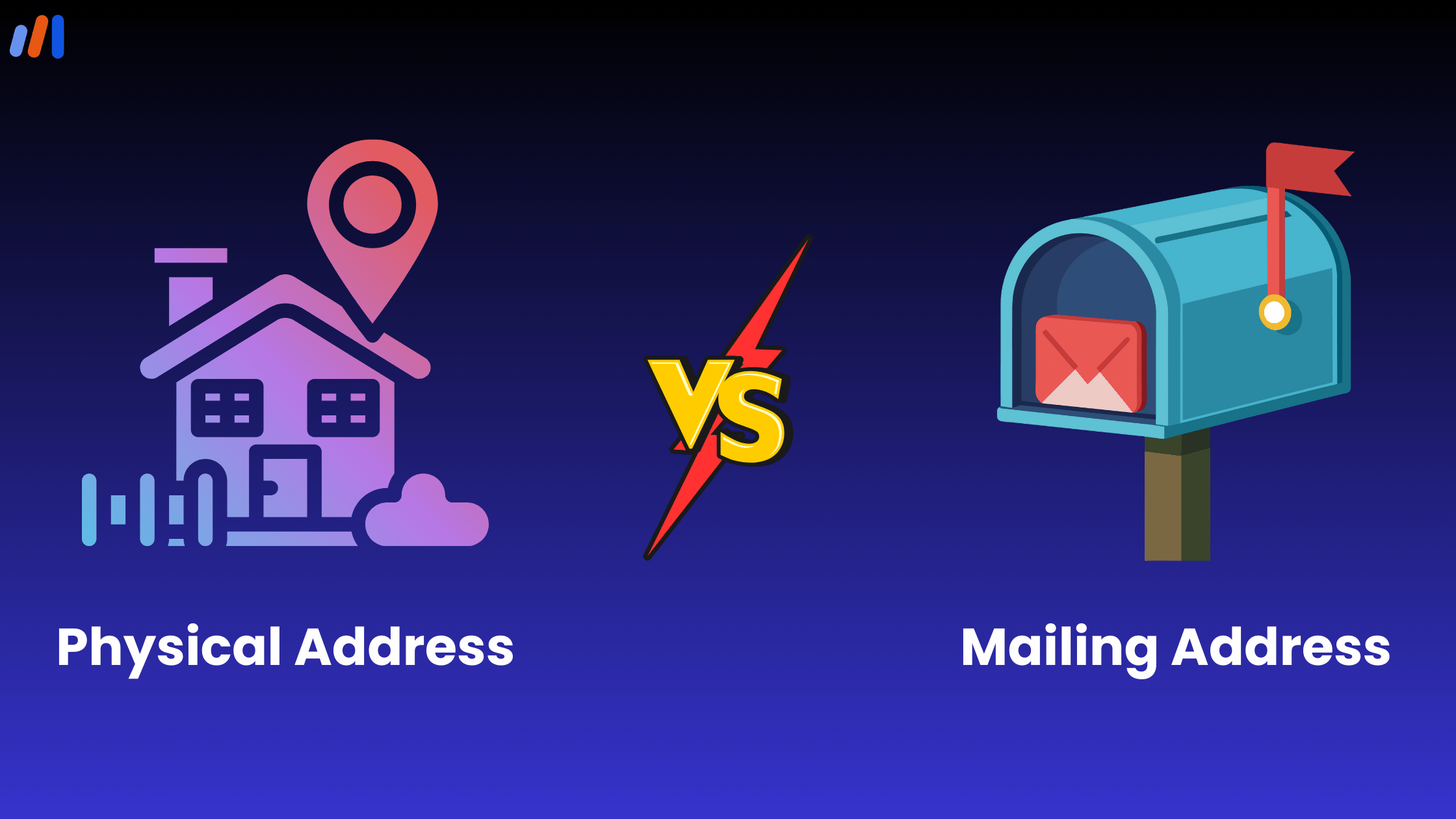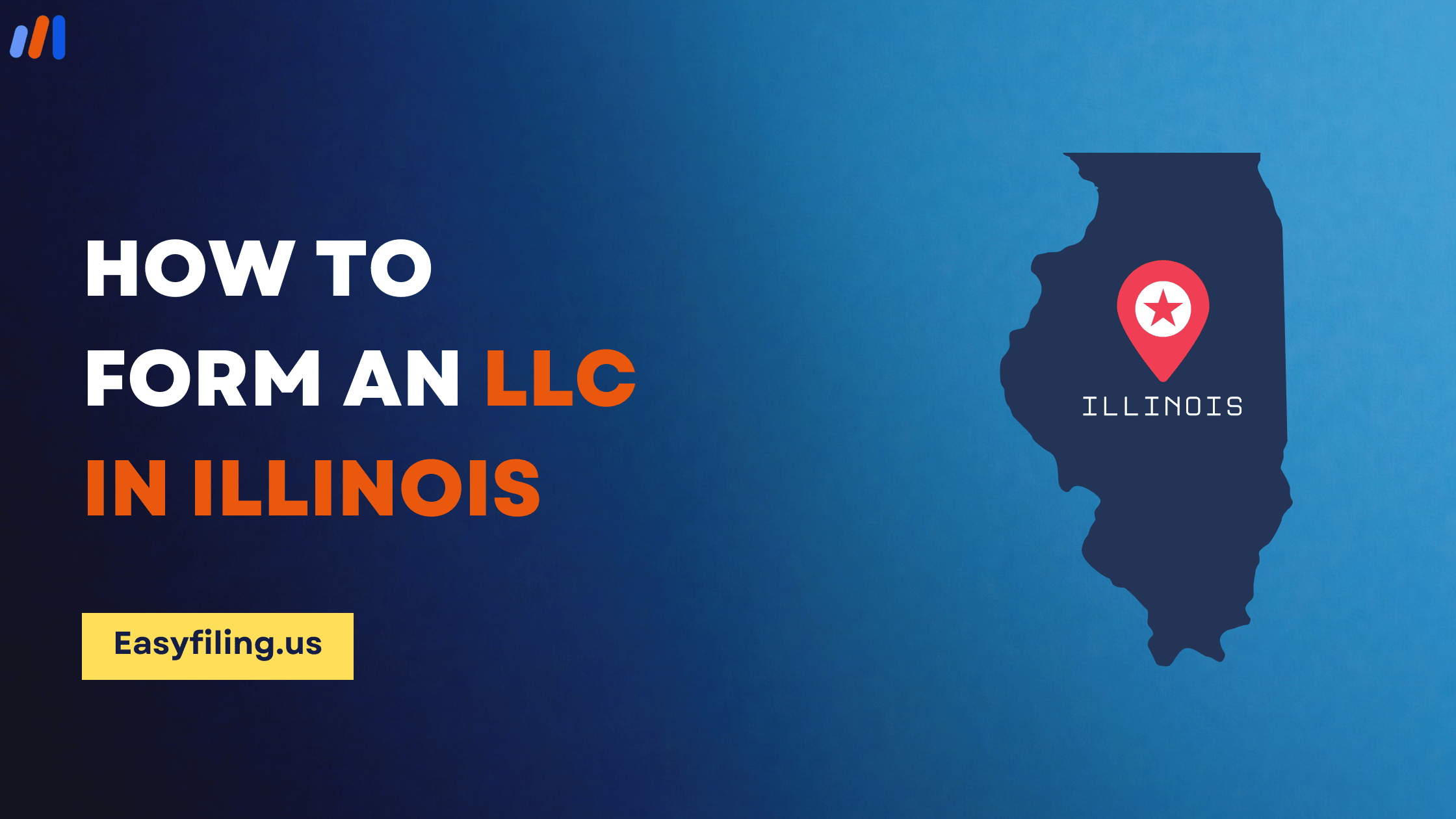Closing a business is a major choice. It may be due to any number of reasons, perhaps your business has served its purpose, you’re ready to move on to other things, or the business model doesn’t work towards its objectives anymore.
No matter the reason, it’s important to understand what the company dissolution meaning, means before you do it. Dissolving a company needn’t be an admission of failure when done correctly, it’s a sensible and responsible way to formally close a business.
How do you do this? What are the processes? What happens to taxes, debts, or staff? This EasyFiling guide breaks down the entire process in easy terms so that you understand what to expect and how we can help make your company’s exit as straightforward as its beginning.
What is Company Dissolution?
Company dissolution is the formal and legal way of closing a business so that it no longer legally exists. It’s not merely “closing up shop,” it’s getting the company name removed from all governmental and tax rolls, fulfilling all the obligations, and loose ends being tied up.
Think of it like legally retiring your company. No more filings, no more taxes, no more responsibilities, provided everything is done properly.
There are typically two types:
- Voluntary Dissolution, initiated by the owners.
- Involuntary Dissolution is imposed by authorities for non-compliance or legal action.
In both cases, there’s a process to follow, and EasyFiling is here to help every step of the way.
What to Do Before a Company is Dissolved?
Before you file the application for your company’s dissolution, you need to prepare internally. Think of this phase as tidying up before handing over the keys.
Following is what you need to do:
1. Pay all outstanding amounts to vendors, banks, and partners.
2. Pay taxes and file your final returns.
3. Notify your employees, customers, and other stakeholders.
4. Close all business bank accounts and cancel existing registrations (like VAT, GST, or business licenses).
5. Account for assets and liabilities — any remaining assets need to be distributed to shareholders by law.
The principle here is to leave no loose ends — financial, legal, or moral.
How Do I Dissolve My Company?
It can vary depending on your country, but it generally follows these basic steps:
1. Make the Decision Official
This generally involves calling a board or shareholder meeting and voting on a resolution approving the dissolution.
2. Confirm Eligibility
Make sure your company is eligible for voluntary dissolution — no debts, no legal proceedings, no business activity.
3. File the Paperwork
Submit an application for dissolution to the relevant government authority (usually the Registrar of Companies or similar).
4. Notify Third Parties
Inform tax authorities, employees, banks, and any applicable regulatory authorities of your plan.
5. Get the Final Certificate
After processing and approval of your application, you’ll receive an official certificate of dissolution.
All of this can be overwhelming, and that’s where EasyFiling steps in. We take care of all the forms to follow-ups so you can handle closure, not chaos.
Eligibility Criteria for Voluntary Company Dissolution
Not all companies can dissolve voluntarily right away. You need to meet some minimum legal requirements first:
- The company has ceased trading and is no longer active.
- It owes no taxes or outstanding debts.
- No legal actions are pending.
- It is up-to-date on compliance requirements locally.
If you’re not meeting these conditions yet, that’s fine. EasyFiling can determine if you are ready and even tell you what to do to become qualified.
What Happens to Debts Once a Company is Dissolved?
Dissolution is not always an extinguishing force for unpaid debts, but to the contrary, Creditors can still pursue the company or the directors, especially if they believe the company was dissolved to avoid repaying them.
In some jurisdictions, government authorities can reinstate the dissolved company just to recover the outstanding amounts. Directors can even be held personally responsible for fraud or negligence.
That’s why settling debts before applying for dissolution isn’t just a legal requirement — it’s a smart move to protect yourself.
How Long Does It Take to Voluntarily Dissolve a Company?
Timetables vary by jurisdiction, and how completeness of your documentation. But on average, the process can take:
2 to 6 weeks if everything is in order and tax clearance is straightforward.
Up to 3 months if public notices or third-party confirmations are required.
With EasyFiling, we review your application thoroughly before it’s filed, so there are no delays due to errors or missing forms.
Who to Inform After Filing a Company Dissolution Application?
Winding down a company is not as easy as filing a form. You also need to inform key parties to prevent issues later on:
- Tax authorities (to stop filing obligations)
- Banks and other financial institutions
- Customers and suppliers (to shut accounts and settle dues)
- Employees, payroll, and benefits teams
- Regulatory or licensing bodies (for cancellation of any certificates or licenses issued)
EasyFiling also gives you a post-application checklist and notifies concerned parties on your behalf for a seamless exit.
Other Alternatives to Winding Up a Company
If you are unsure about shutting down, consider the following alternatives:
1. Dormancy: Temporarily suspend operations without winding up.
2. Mergers: Merge with another company instead of winding up.
3. Ownership transfer: Sell your company to a new owner.
4. Business model pivot: Change strategy or structure rather than shutting down.
Not all companies need to shut down sometimes, they just need to change. EasyFiling can help you consider all of the alternatives before deciding on anything.
Some words of wisdom:
1. Don’t delay, an inactive company still has compliance requirements.
2 Never hide debts; it could lead to legal complications.
3 Keep records for 5–7 years after dissolution.
4 Don’t try it yourself unless 100% sure professional help saves time and risks.
EasyFiling has helped hundreds of company owners dissolve companies the right way — with no stress, no errors, and no surprises.
Dissolving a Company: Our Simple Guide
The process gets much easier when broken down into simple steps. Here’s how EasyFiling makes it easy for you:
1. Make the Decision Official: Convene a directors’ or shareholders’ meeting.
Pass and record a resolution to dissolve.
2. Check Eligibility: Ensure your company is free from debts and litigation.
Confirm trading has stopped and compliance is current.
3. File the Dissolution Paperwork: Complete official forms in the correct legal language.
File with the registrar or relevant authority.
4. Notify Key Parties: Inform tax authorities, banks, staff, and customers.
Cancel licenses and close bank accounts.
5. Receive Certificate of Dissolution: Once cleared, pick up your official closure document.
6. Retain Company Records: Keep legal and tax documents on file for 5–7 years following dissolution.
How EasyFiling Will Help You Through the Process
We’re more than just a filing service, we’re your partner in closing this chapter of your business. Here’s what we do:
1. A dedicated dissolution specialist
2 Document preparation and legal review
3 Tax clearance coordination
4 Government communication and tracking
5 End-to-end support and status updates
Whether you’re closing down a small LLC, a startup, or a large private company, EasyFiling ensures your exit is professional, compliant, and hassle-free.
Final Thoughts: Endings Are New Beginnings
Closing a company is not the end — typically, it’s the start of something bigger. Whether you’re shutting down to start a new venture, take a break, or simply move on, you need to do it the right way.
With the right guidance, dissolution doesn’t have to be a legal maze. It can be a smooth, streamlined process instead — one that protects you, respects your past investment, and sets you up for what’s next.
Let EasyFiling help you close this chapter with confidence.
Schedule your free consultation today.
File Your LLC Today
25$ off with a coupon
Lock in EasyFiling's transparent rates and get lifetime compliance support at no extra cost.
Get Started Now







